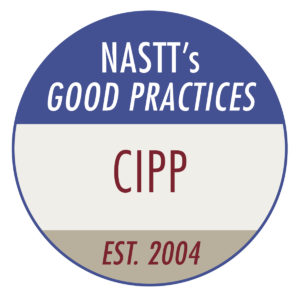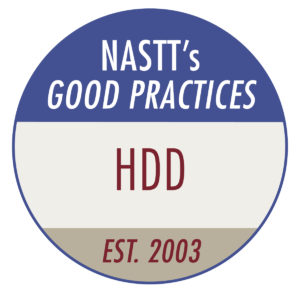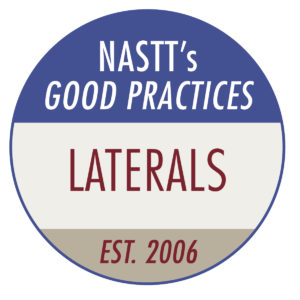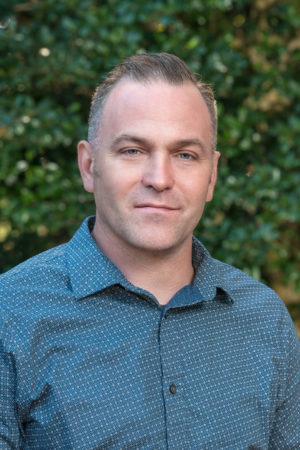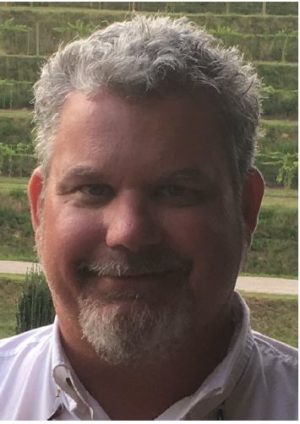NASTT Announces 2023 Outstanding Trenchless Paper Awards – Rehabilitation
Download the winning papers bundle or the full conference proceedings in the NASTT Online Store.
Authors of both papers will give encore presentations at the NASTT 2024 No-Dig Show in Providence, Rhode Island.
NASTT 2023 Outstanding Paper – Rehabilitation
Emergency Trenchless Rehabilitation of the East Don River Trunk Sewer and the Highland Creek Interceptor.
Christopher C. Macey, Global Technical Practice Leader, AECOM, Winnipeg, MB
Bo Pajic, Program Manager, Capital Works Delivery, Toronto Water Division, Toronto, Canada
Kristy Gibson, Program Manager, Capital Works Delivery, Toronto Water Division, Toronto, Canada
About the Authors. The team that put together this year’s winning paper for rehabilitation is comprised of experts with the experience necessary to tackle an emergency situation during the COVID crisis. Kristy Gibson is a Senior Project Manager with the City of Toronto, where she has managed both linear and vertical infrastructure upgrade projects for Toronto Water since 2015. Bo Pajic is a professional engineer and has been with Toronto Water since 2010 and took the lead in developing the City-Wide planned Sewer Rehabilitation Program in 2015. Chris Macey, P. Eng. is a Vice President and the Americas and Global Technical Practice Leader for AECOM for Condition Assessment and Rehabilitation of Underground Infrastructure with more than 45 years of experience.
“This project is important to showcase to the industry given its complexity and urgency, especially the Highland Creek site due to its proximity to the Scarborough Hospital,“ Pajic noted. “Trenchless methods allowed the repairs to be completed in a more expeditious manner when compared to open-cut replacement, which was critical during COVID.” Macey agrees. “This work was particularly critical and getting it done and getting the message out there means a great deal.” The City staff were also an important part of the team especially Richard Noehammer, William Shea, Garry Boychuk, Adam Zietara, Jian Lei, George Roknic, Irina Vasile. and Sarah Duff. Pajic and Gibson were thrilled to work alongside Macey, who In 2019 was elected to the NASTT Hall of Fame for his work in Condition Assessment and Rehabilitation. “We would like to thank Chris Macey for his steadfast contributions to the City of Toronto’s Sewer Rehabilitation Program,” they said.”As a leading industry expert, his knowledge and expertise on the Program and specifically in the completion of this emergency project was invaluable.”
Abstract. The East Don River Trunk Sewer (EDTS) and the Highland Creek Interceptor (HCI) Sewers are both critical sanitary sewers in designated ravine areas in Toronto, ON. Both sewers were originally constructed in the 1950’s and during the course of 2020 and 2021, they developed surficial sinkholes due to severe loss of ground into defects in the pipe and manhole structures.
The EDTS was a 1200 mm (48”) diameter pipe in very soft soils and the settlement had engaged 12 pipes with a maximum settlement of about 600 mm (2 feet). Its failure would have resulted in the direct discharge of large sewer volumes in the East Don River. The adjacent section had previously failed and showed signs of active deterioration as well due to loss of ground.
The HCI sinkhole was centered over a Maintenance Hole (MH) that was 9 m (30 feet) deep and had engaged 2 -900 mm (36”) pipes and approximately 4 – 1050 mm pipes (42”). The maximum amount of pipe settlement was about 400 mm (16”). Its failure would have engaged a bridge structure and would also have resulted in large sewage flows into the adjacent Highland Creek.
This paper captures the two separate emergency response efforts in 2021 and early 2022, where both locations were uniquely repaired using a balance of external ground stabilization techniques and CIPP lining with minimal ground disturbance. The HCI repair included MH lining and a single tapered CIPP tube shot with 4 different design sections (varying wall thickness and tube circumference).



